
Top 10 attractions in Lhasa,Tibet
Tibet's capital city Lhasa is labeled one of the most dreamed-about cities in the world. An ancient city dating back 1,300 years, Lhasa is home to the magnificent Potala Palace, Jokhang Temple Monastery and Norbulingka (Garden of Treasures), all listed as world heritage sites. May to July is the best time to visit Lhasa, as it rains at night but is still sunny in the daytime.
The following are the top 10 attractions in Lhasa, China.
1. The Potala Palace
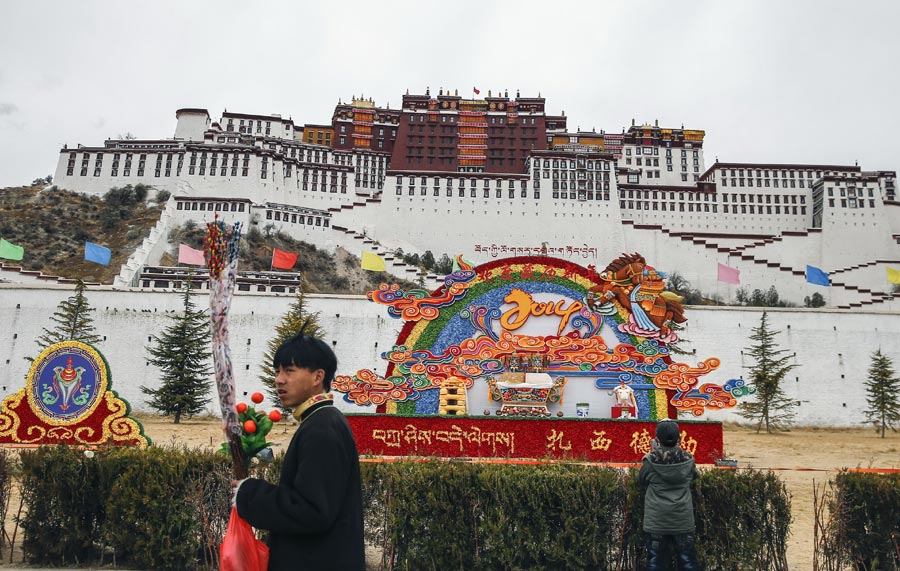
The Potala Palace is considered to be a model of Tibetan architecture. Located on the Red Hill in Lhasa, it covers more than 360,000 square meters and has 13 storeys. It was first constructed in 641, by Tibetan King Songtsen Gampo, in order to welcome his bride, Princess Wencheng of the Tang Dynasty. This structure was later burned to the ground during a war and rebuilt in the 17th century by the Fifth Dalai Lama. Over the past three centuries, the palace has gradually become a place where the Dalai Lama lives and works and a place for preserving the remains of previous Dalai Lamas.
2.Jokhang Temple
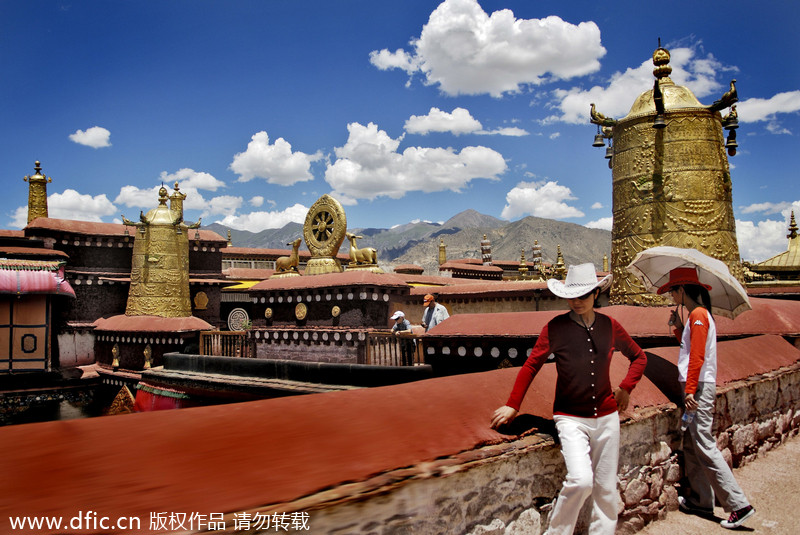
Jokhang Temple, located on Barkhor Square in Lhasa, is Tibet's first Buddhist temple and is part of the Potala Palace. The temple used to be called Tsulag Khang ("House of Wisdom"), but is now known as Jokhang ("House of the Buddha"). It is the ultimate pilgrimage destination for Tibetan pilgrims. Featuring Tang Dynasty architecture, Jokhang Temple is a four-story timber complex. A statue of Sakyamuni at the age of 10 is one of only three statues designed by Sakyamuni himself.
3.Namtso
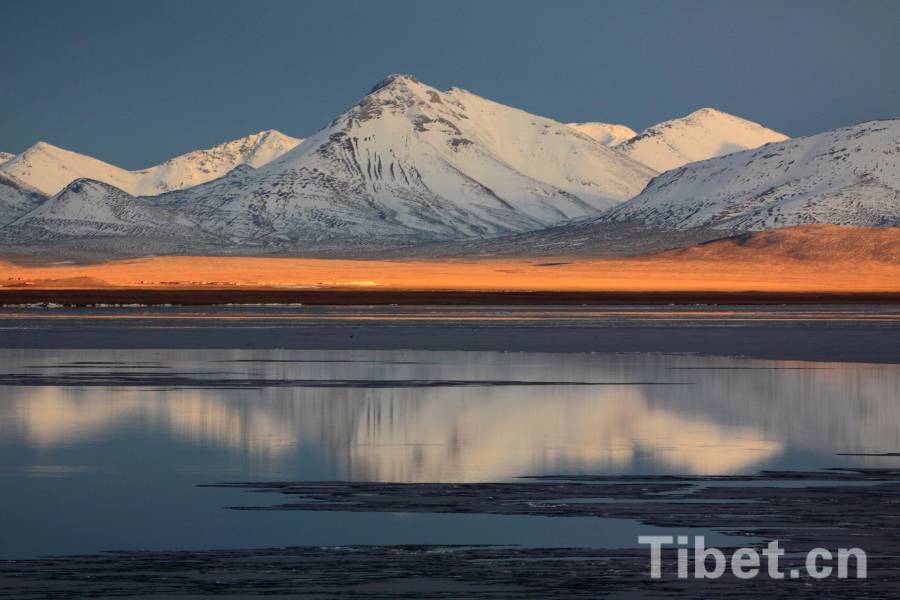
Namtso, or Lake Nam, is one of three holy lakes in the Tibet autonomous region and should not be missed by any traveler to the region. In Tibetan, Namtso means "Heavenly Lake". It is famous for its high altitude and imposing scenery. The second largest salt lake in China, Namtso covers 1,920 square kilometers and is also the second-highest salt lake, in terms of altitude, in the world at an elevation of 4,718 meters above sea level.
4. Norbulingka
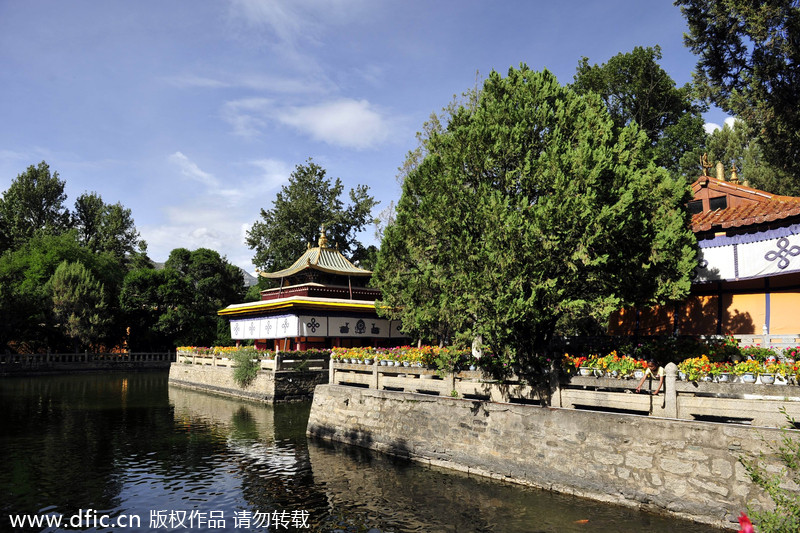
Norbulingka, literally the "Jeweled Garden," is a palace and its surrounding parks located in a western suburb of Lhasa. It was constructed in the 1740s as a summer palace for the Dalai Lama and later served the whole governmental administration. The place boasts typical Tibetan palace architecture, as well as gentle streams, dense and lush forestry, birds and animals. Covering an area of around 36 hectares, it is considered to be the largest man-made garden in Tibet. Being part of the "Historic Ensemble of the Potala Palace," Norbulingka is recognized as a UNESCO World Heritage Site, and was added as an extension to this Historic Ensemble in 2001.
5.Barkhor
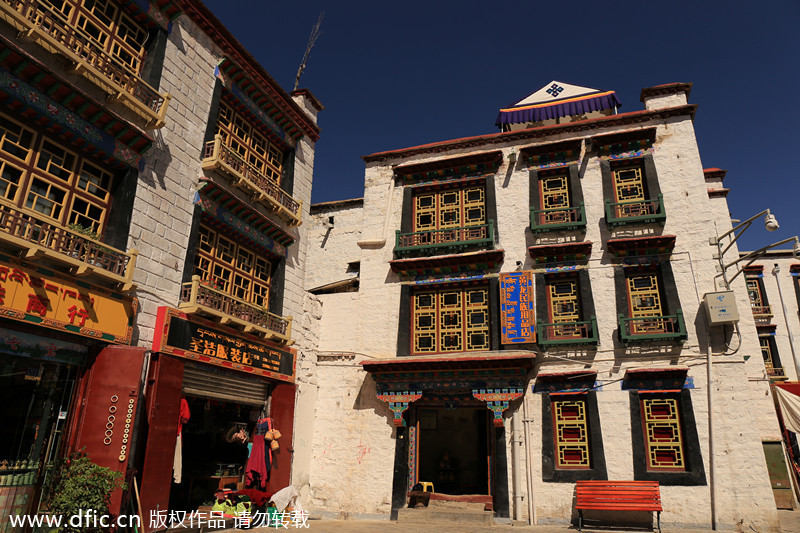
Barkhor is a small neighborhood consisting of ancient streets and a public square surrounding Jokhang Temple in the old area of Lhasa. The oldest street appeared about 1,300 years ago, right after Jokhang Temple was built in 647, attracting thousands of Buddhist pilgrims. The streets are filled with a religious atmosphere and show the original Lhasa. Shops offer prayer wheels, chubas (traditional Tibetan clothing), Tibetan knives and religious article.
6. Yambajan
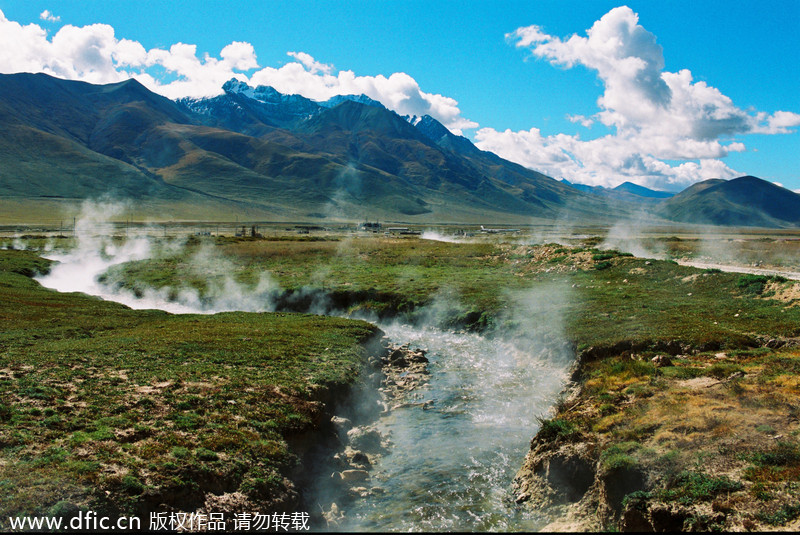
Yambajan is famous for its wide range of hot springs, ranging from those with the highest temperatures in all of the country to boiling geysers. It sits in a basin at the foot of the Nyainqentanglha Mountains some 90 kilometers northwest of Lhasa. In the early morning, the town is covered in a white and luminous vapor. The hot springs in Yambajan contain various minerals and are believed to be therapeutic.
7. Drepung Monastery
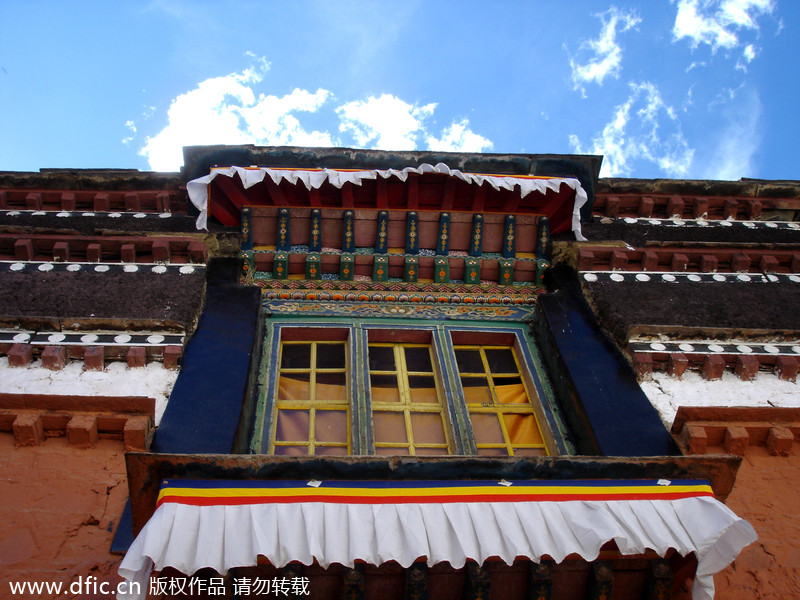
Built in 1416, the Drepung Monastery is situated at the foot of the Mountain Gambo Utse, about 10 kilometers (3.1 miles) to the western suburbs of Lhasa. It is the largest and most influential monastery of the Gelug Sect, a branch of the Tibetan Buddhism. Together with the Ganden Monastery and the Sera Monastery, Drepung Monastery is regarded as one of the "Three Great Monasteries" in Lhasa.
8. Ramoche Temple
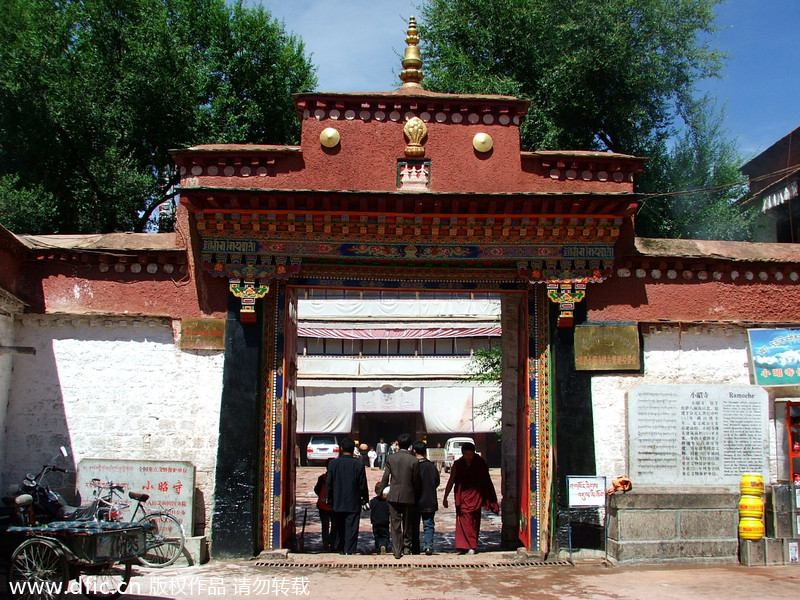
Ramoche Temple, a Tibetan Buddhist monastery, is considered to be the most important temple in Lhasa after the Jokhang Temple. Located in the north part of the city, it is about 500 meters from the Jokhang Temple, covering an area of 4,000 square meters. First built in the middle of the 7th century during the Tang Dynasty (618-907), the same time as the Jokhang Temple, the Remoche Temple boasts a long history, with a nickname of "Minor Jokhang Temple." Ramoche Temple was supervised by Prince Wencheng and designed and constructed by craftsmen from the inner China, so its early buildings resemble the style of the Tang Dynasty.
9. Tibet Museum
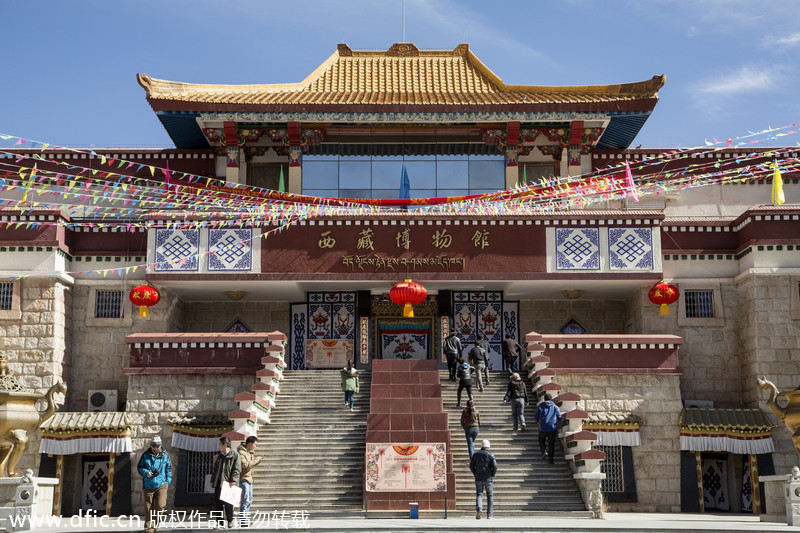
10. Ganden Monastery
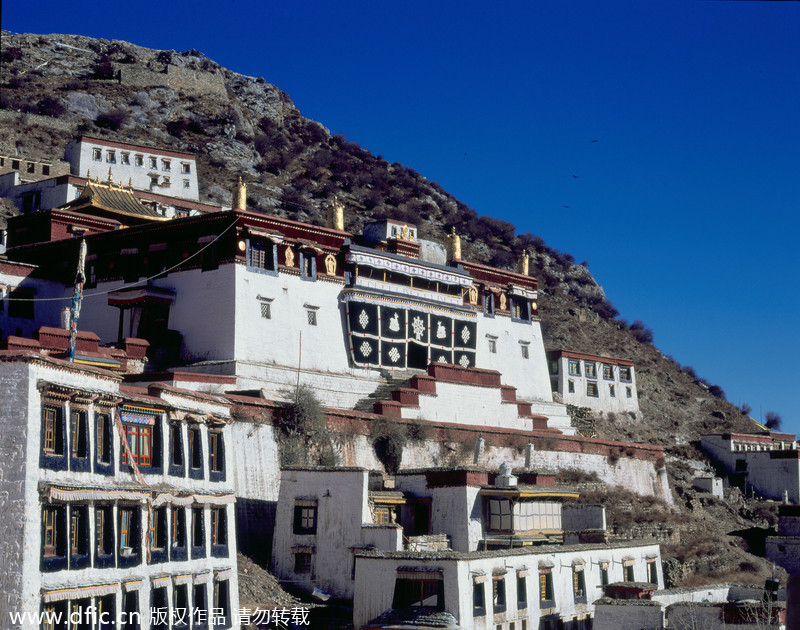
Ganden Monastery consists of over 50 structures and main halls include the Main Assembly Hall (or Coqen Hall), Zhacangs, Khangtsens, and Myicuns. Coqen Hall is positioned in the northern part of the temple and faces south; it is the largest assembling hall. It has three storeys and is 43.8 meters wide and 44.7 meters long. It features the statues of the Maitreya Buddha and the master Tsong Khapa, the initiator of Gelugpa. In addition, it also has many rare and precious cultural relics, such as Qing Dynasty (1644-1911) armor.

With exceptional passion and outstanding leadership, Mrs. Catherine has dedicated herself to Tibet inbound tourism and China tour for 15 years. As one of the handful females who see great potential of Chinese inbound tourism, Catherine has made great contribution to promoting Tibet tourism and enhancing the employment of Tibetans and prosperity of local Tibetan community.
Over the years, she travelled overseas with Tibet Tourism Bureau many times to promote Tibet tourism. Currently, Catherine works as the marketing director of Tibet Vista, an opinion leader behind the whole team of Tibet Vista.
Related Articles & Posts

Latest Tibet Travel News

Tibet Vista: A Social Responsible Tour Organizer
Aug 14,2023

Tibetan Monks Debate in Drepung Monastery
Jun 10,2023
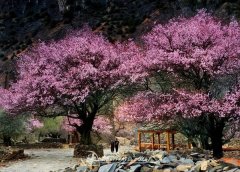
Tips for Traveling to Tibet in Spring
Feb 17,2022
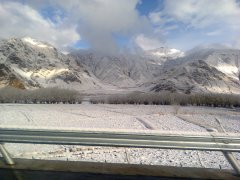
Snow Will Hit Qinghai-Tibet Plateau
Feb 17,2022


.jpg)




0 Comment ON "Top 10 attractions in Lhasa,Tibet"